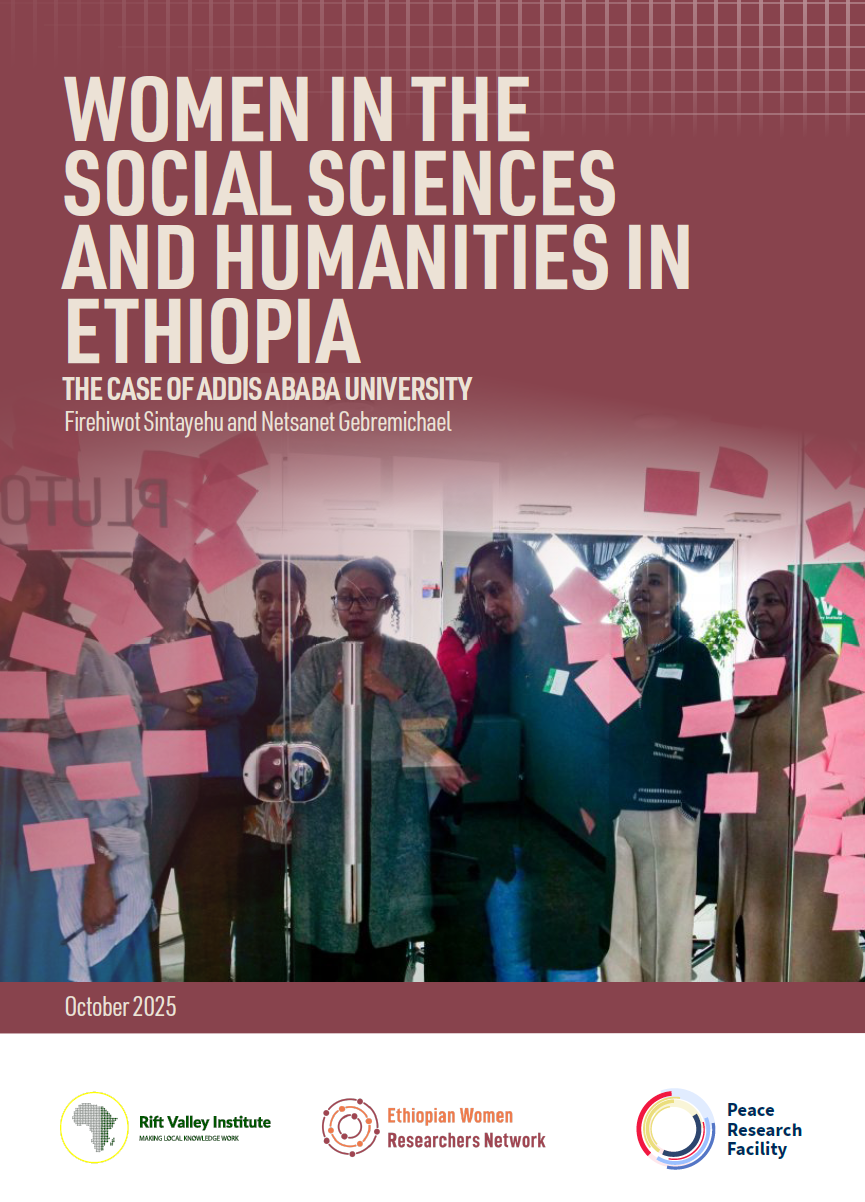Every two weeks the Rift Valley Institute, in collaboration with the Ministry of Culture, Museums and National Heritage, is sharing selected, approved documents from the South Sudan National Archives through social media channels to showcase the range of information available in the collection. This project is implemented in partnership with UNESCO with funding from the Norwegian Government.
When the context allows, these documents will be published in a full public exhibition to be displayed in different locations across the country.
Make sure to listen in to Eye Radio every Wednesday at 4pm to hear more about these different topics on the Tarikh Ta’na show.
South Sudanese experiences of return

As South Sudan hopefully moves towards peace, the country looks forward to the return of over four million displaced and refugee citizens. However, this is not the first time that refugees and internally displaced people have moved back to South Sudan. The South Sudan National Archives holds a wealth of records from previous refugee returns, including the return and resettlement of populations after the Anya-Nya wars in 1972. After the CPA in 2005, around four million people returned to South Sudan. Many South Sudanese people have extensive experience of displacement and return.
This history of return migration is also a history of societal reconstruction. With such large numbers of residents returning to their homeland in 1972, from 2005 and again today, return migrations are times of social transformation. The archives record serious hardships for returnees, including hunger, a lack of health and education provision, problems proving their rights to residence and nationality, and accessing land and livelihoods—all problems that returnees faced in 2005 and again today. Return and resettlement is also a moment of government reconstruction, as residents re-establish relationships with local and national government.

This long history of returns raises several questions. How have repeated returns and resettlements reshaped South Sudanese society? How have social reconstructions post-return changed relationships between men and women, and between young and old people? What effects do these return migrations have on the nature of local and national government in South Sudan?
The two documents here show a circular from the Resettlement, Relief and Rehabilitation Commission in Juba in 1973 concerning distribution of agricultural hand tools to returnees and displaced persons and a report on numbers from the province resettlement officer in Eastern Equatoria in 1973.
You can hear the discussion from Tarikh Ta’na from Eye Radio here.



